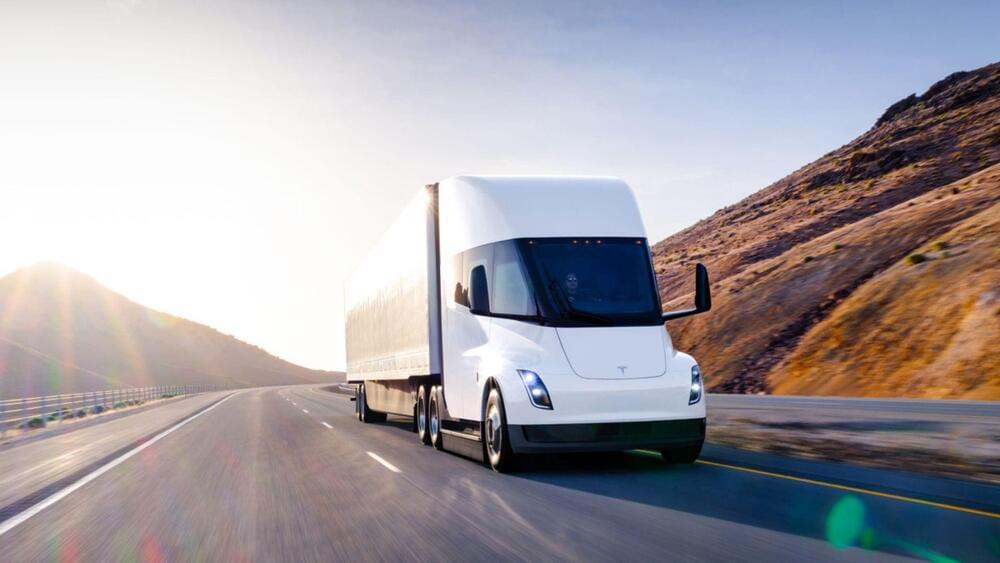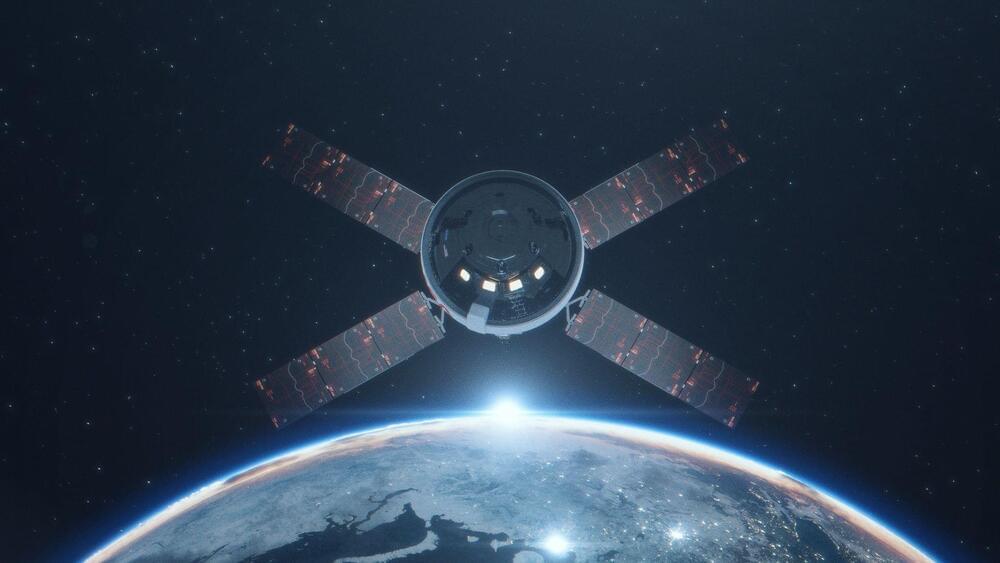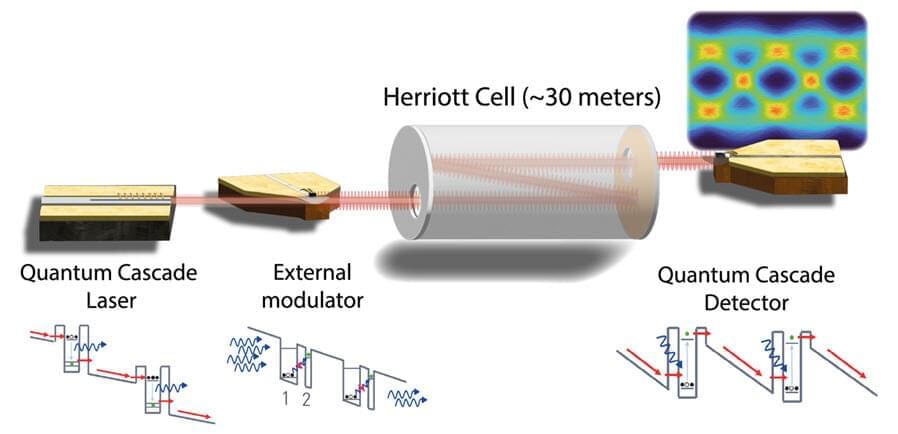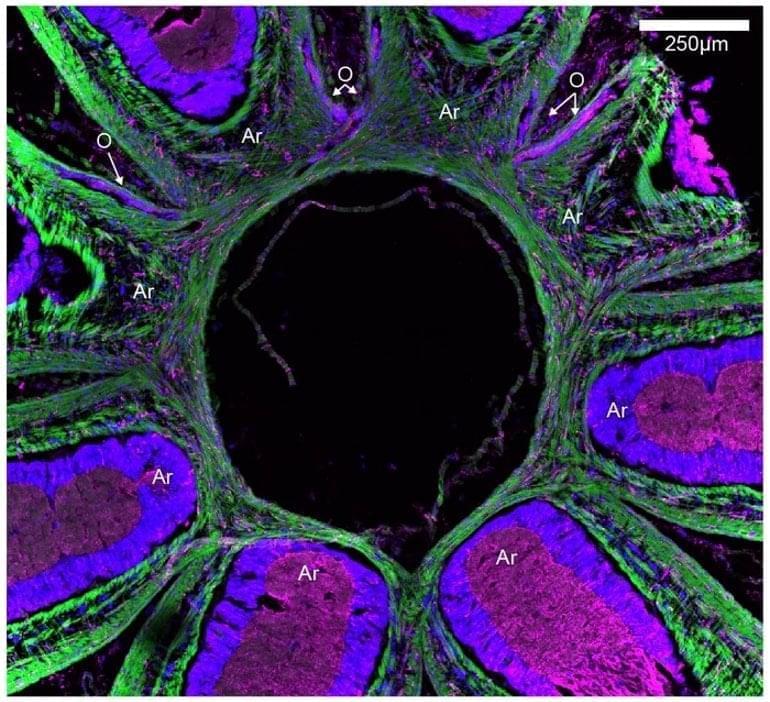Tesla Semi carried 81,000 pounds for 500 miles on a single charge.
Just a few days before Tesla begins shipping the truck, Elon Musk has verified that Tesla Semi, the company’s Class 8 semi-truck, has successfully completed a crucial voyage.
Although there is no reason to question the outcome, it would be interesting to learn more about speed and energy usage. We are pretty interested in seeing some impartial vehicle tests.
Tesla.
Elon Musk recently tweeted that a Tesla Semi completed an 800-kilometer (500-mile) drive carrying 81,000 pounds (36,740 kilograms), which is nearly 100 percent of its Gross Combination Weight (GCW) of 82,000 pounds.








